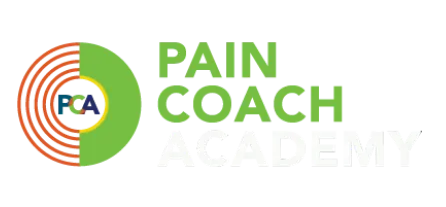
Neuroplasticity and Pain
Neuroplasticity is the brain and nervous system’s ability to form new pathways or synapses and adapt to change. We know that neuroplastic changes may be responsible for the persistent pain we feel in chronic pain—an example of a non-beneficial neuroplastic adaptation. While the brain’s ability to rewire may be the culprit in chronic pain, there is evidence that neuroplasticity provides that same adaptability for reshaping the pain experience. This reshaping occurs in response to repetitive ways of thinking and behaving that decrease stress and remove focus on what is hurting. Here are five ways to help your brain dial down the pain:
Laugh it up! It may be an age-old adage, but there really is something to it: laughter is medicinal in its ability to reduce stress and stimulate production of feel-good chemicals in the brain. Laughing also sets us up for more positive thinking. The more optimistic we can be, the more our brains experience healing benefits—from prolonged stress relief and lower production of harmful chemicals that can cause weight gain, depression and more pain.
Work it out! Exercise is another great way to retrain the brain. Exercising 30 to 45 minutes 3–4 times a week increases oxygen and blood flow to the brain, which provides additional energy for the brain. This extra boost allows neuroplastic changes to be made more easily. If you want to pack in an extra brain-strengthening punch, exercise in new places, pay extra attention to your surroundings or engage in activities that also require learning.
Imagine that! Using our imaginations is one of the most convenient and easy-to-do brain-stimulating practices. Our minds can take us anywhere. Just as children’s brains constantly make new connections, so will ours with repetition and practice. We can harness the power of the mind by envisioning our own bodies healing. Meditation (quietness) is another way to enrich our minds, stimulate neuroplasticity and decrease pain, as it increases the thickness and strength of the frontal cortex and protects against the negative consequences of stress.
Try something new! Dive into a new hobby and immerse yourself in new worlds of language, music, art or any other topic that interests you. New activities that utilize both sides of the brain, like learning a new language or playing a musical instrument, are particularly good at stimulating brain growth. As “whole brain” use is increased, this capacity spills over into other areas of brain function and may make creating new connections an easier process.
Eat brain food! Your brain comprises only 2 percent of your body weight, but it consumes 20 percent of your body’s energy. It takes high-quality, nutrient-rich foods to help power such an intricate organ and the brain adaptations that occur during neuroplastic change. Incorporating brain-healthy foods into your diet can boost brainpower and increase neuroplasticity. Suggested foods include walnuts, raw almonds and almond milk, leafy greens, dark chocolate, cruciferous vegetables (broccoli, cauliflower, Brussels sprouts), olive oil, cold-water salmon, lentils, flax seed and colorful berries.
Research shows that a stagnant brain is more likely to get stuck in a pain cycle rut. At Take Courage Coaching® we see evidence that challenging and feeding our minds (mentally and physically) can protect us against pain cycles. Few individuals go through life without an accident, injury or surgery that results in some pain. When the brain gets in the habit of, or too good at, feeling pain, it develops into complicated or chronic pain. Ensure that your brain gets a chance to make new connections, and give it the opportunity to reduce its fixation on feeling pain.
This article was originally published on PainPathways.org by Alice Fleenor, TCC® Coach and TCCU® Instructor and Dee Emmerson, TCC® Writer.
About the Author: Becky Curtis
After a horrific car accident nearly took her life and her own long and complex recovery journey, Becky has assembled a vibrant team of specially-trained coaches—healthcare professionals who have gained proficiency in teaching and coaching, many who live successfully with chronic pain. Becky travels extensively to speak about the role of health coaching in pain management and has been a regular speaker at PAINWeek®, and many other conferences, in addition to coaching and managing TCC’s program. She lives in Utah with her husband and dog, Quigley.
Keep up to date with PCA's blog.
Stay Updated
Sign up with PCA today to stay connected.


